Our Blog - Moissac and Castelsarrasin, France
We had talked about going to Moissac and Castelsarrasin for quite some time, since the two towns are only an hour or so from Toulouse, but hadn't ever gotten there until now. We made it a 3-day weekend, heading out on Friday and back to Toulouse on Sunday afternoon.
We headed directly to the town of Castelsarrasin and did a tour around town and grabbed lunch. Then just outside of town, we went to see the Belleperche Abbey and tableware museum. We made an unscheduled stop at the town of Beaumont-de-Lomagne because we saw the signs pointing to a 13th century church there.
We stayed at a B&B in the little town of Saint-Nicolas-de-la-Grave, which has an interesting bit of trivia, which we saw in full color at dinner. Antoine de la Mothe was born here and was a French explorer and adventurer who spent most of his adult life in Canada and what would become the United States. In 1701, he founded Fort Pontchartrain du Détroit, which would became the city of Detroit. When we went to North America, he created a "new identity" to distance himself from the troubles he and his family had in France, and he added "sire of Cadillac" to his name. Due to his founding of Detroit, Cadillac cars were named for him, and in fact, the logo comes from the family coat of arms. Here is what the Cadillac coat of arms looked like, and next to it, the car logo from the 1950's.

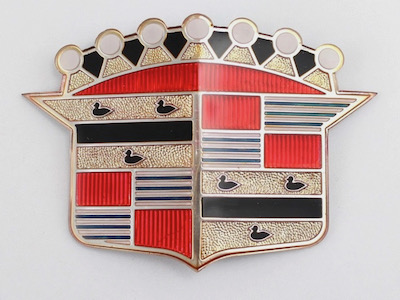
We went to dinner at an Italian restaurant (recommended by our B&B) named "Cadillac" and they had a fresco of Elvis in a Cadillac on the wall.
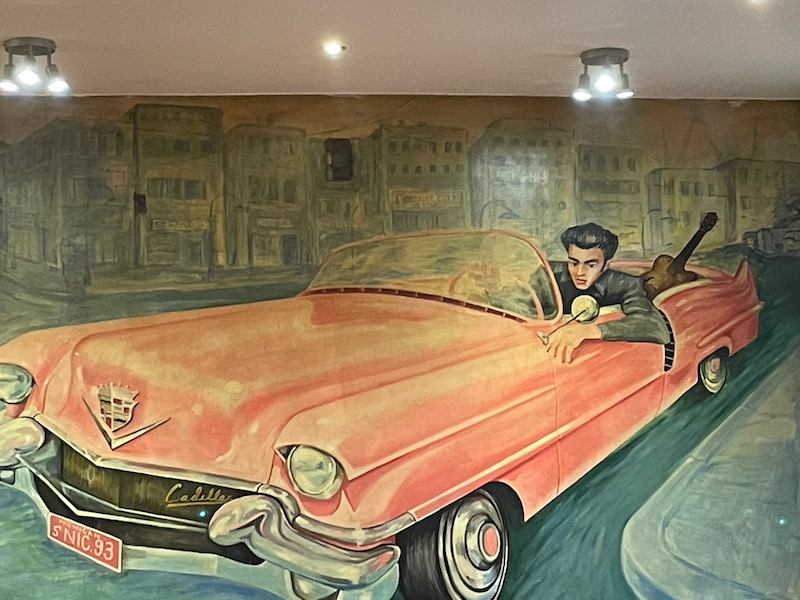
Saturday morning was spent walking around the town of Moissac to see most of the sights and then dropped Lucy back at the B&B for the afternoon, when we went through the famous Moissac Abbey since they don't allow puppies in the cloister.
We also went by a couple other churches that were not open but were interesting in that they were from the 13th to the 15th centuries!! This first one is called Chapelle Saint Pierre d'Ax. The chapel was built at the time of the bishop of Cahors, who would become Pope John XXII. He was a great protector of science and this type of chapel, located in very discreet places, could serve as a place for scientific meetings which were prohibited at that time. The bell of this chapel dates from 1525.



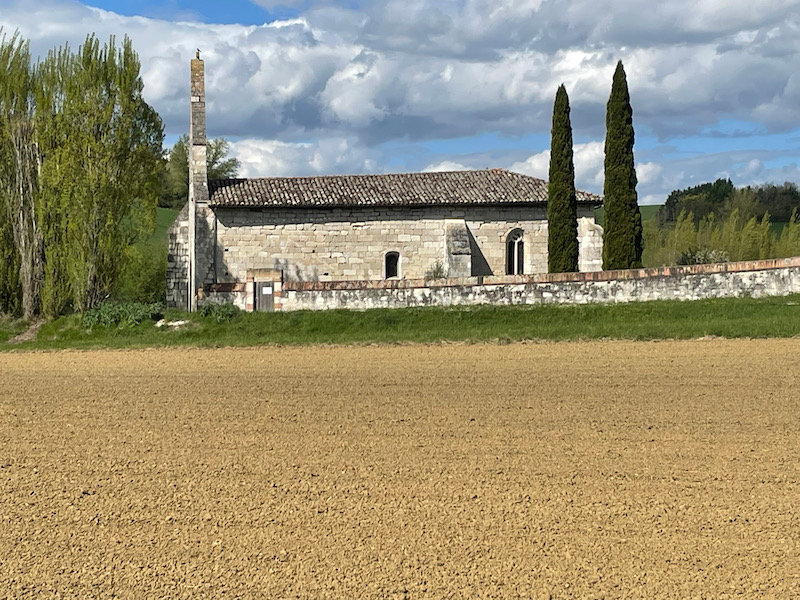
The next one is called the Eglise de Sainte-Rose de Viterbe, which dates from the 12th or 13th century. It was partially rebuilt in the 2nd half of the 15th century or the first half of the 16th century. It is surrounded by a large cemetery, which is still used today based on the dates on the graves. If you didn't see the cemetery, you might drive right by without even realizing that it was a church!
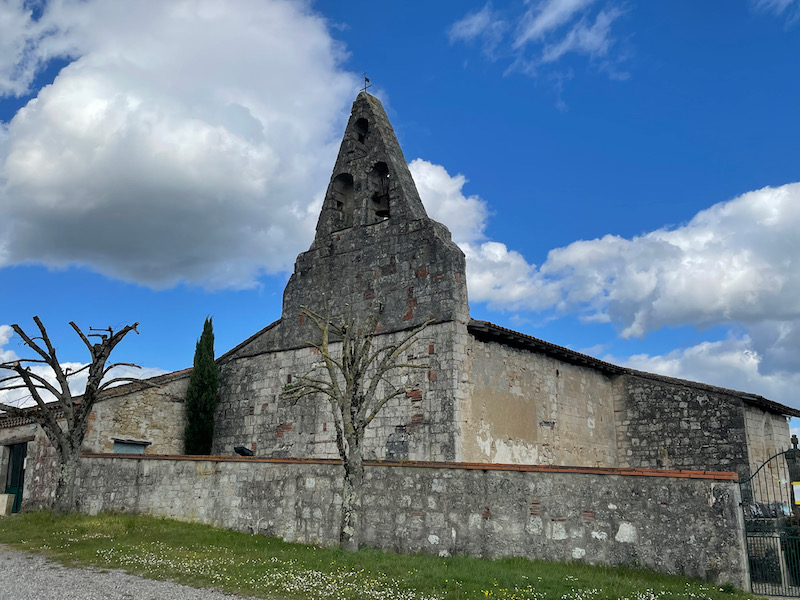


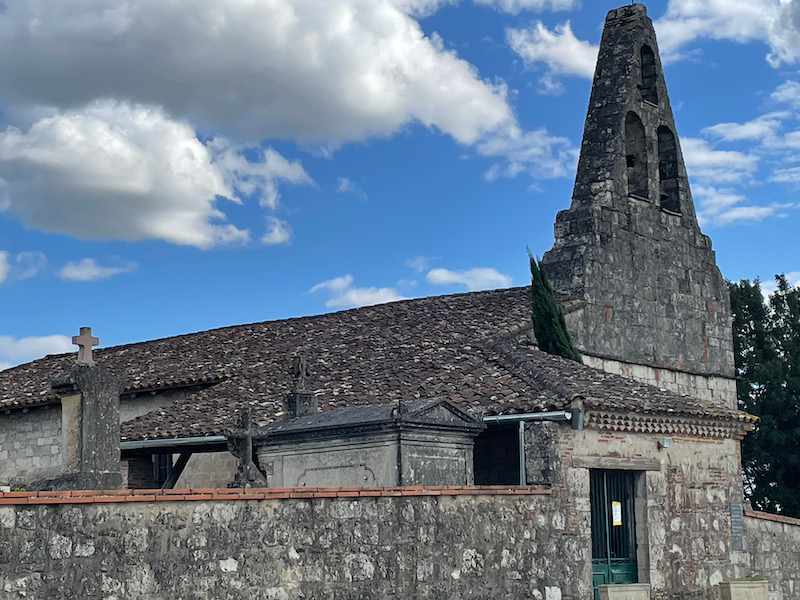

As we headed home on Sunday, we visited a set of small villages (some VERY small). In some cases, there was almost nothing in the village, while others were a bit more lively. We visited on election day of the first round of the 2022 Presidential election, so in each of the little villages, there was a public building (town hall, school, or festival hall) that was open for voting, and so there were more people on the streets than perhaps normal for a Sunday. The first was the Plus Beau Village of Auvillar before stopping by the village of LaChapelle. Then on to Faudoas and Maubec before making our way back to Toulouse.
Normally when you drive around the area and see a large field of yellow, the first thought is Sunflowers. But that would be the summer and we are still just starting Spring! The fields of yellow that we see in the Spring is colza, also known as rapeseed. They make cooking oil and lubricants from the plants and it is very close to canola oil, which comes from the same main plant but the canola oil plants have been specifically developed to remove some of the erucic acid. The plants are used to create oil, biodiesel, and animal feed. Mind you ... I don't know *for sure* that these are colza rapeseed plants and not the canola rapeseed plants, but since colza is extensively cultivated in Europe, I assume it is colza.
